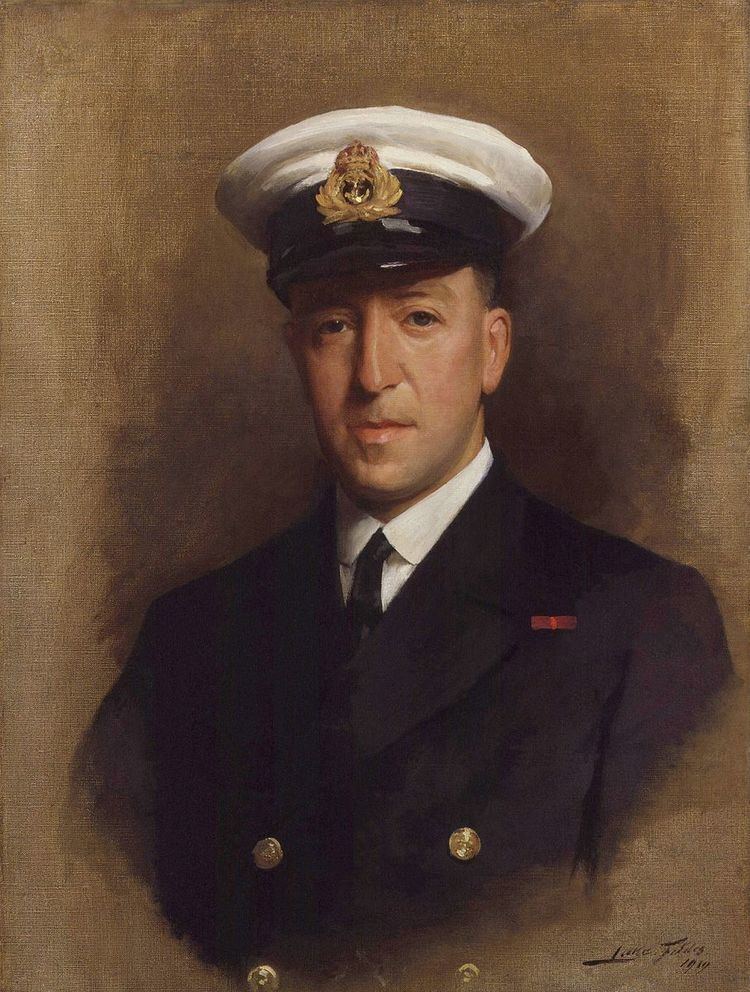Name Paul Fildes | ||
 | ||
Born Paul Gordon Fildes10 February 1882 ( 1882-02-10 ) Education Trinity College, Cambridge, University of Cambridge | ||
Sir Paul Gordon Fildes OBE FRS (10 February 1882 – 5 February 1971) was a British pathologist and microbiologist who worked at Porton Down during the Second World War.
Contents
Education
Son of the artist Luke Fildes, Great Grandson of reformist Mary Fildes, Paul studied surgery at Trinity College, Cambridge, where he obtained an MB BCh degree.
Career
Fildes worked was a Surgeon Lieutenant-Commander in the Royal Naval Volunteer Reserve and served in the Royal Naval Hospital Haslar (1915–19). In 1919 he was made an Officer of the Order of the British Empire and in 1946 a Knight Bachelor. He helped Donald D. Woods discover how sulphonamides worked; was a member of the scientific staff, Medical Research Council (1934–49); Fellow of the Royal Society and author of works on haemophilia and syphilis. Fildes received the Copley Medal in 1963.
World War II
Fildes reportedly asserted that he assisted with Operation Anthropoid, the assassination of top Nazi Reinhard Heydrich in Prague by providing the Czech agents of the Special Operations Executive with modified No. 73 Grenades filled with Botulin toxin. He also assisted with the Anthrax strain tests on Gruinard island, performing autopsies on the bodies of the anthrax-exposed sheep, to determine if they had died as a direct result of anthrax poisoning. This work produced the world's first working anthrax bomb in the summer of 1942.
